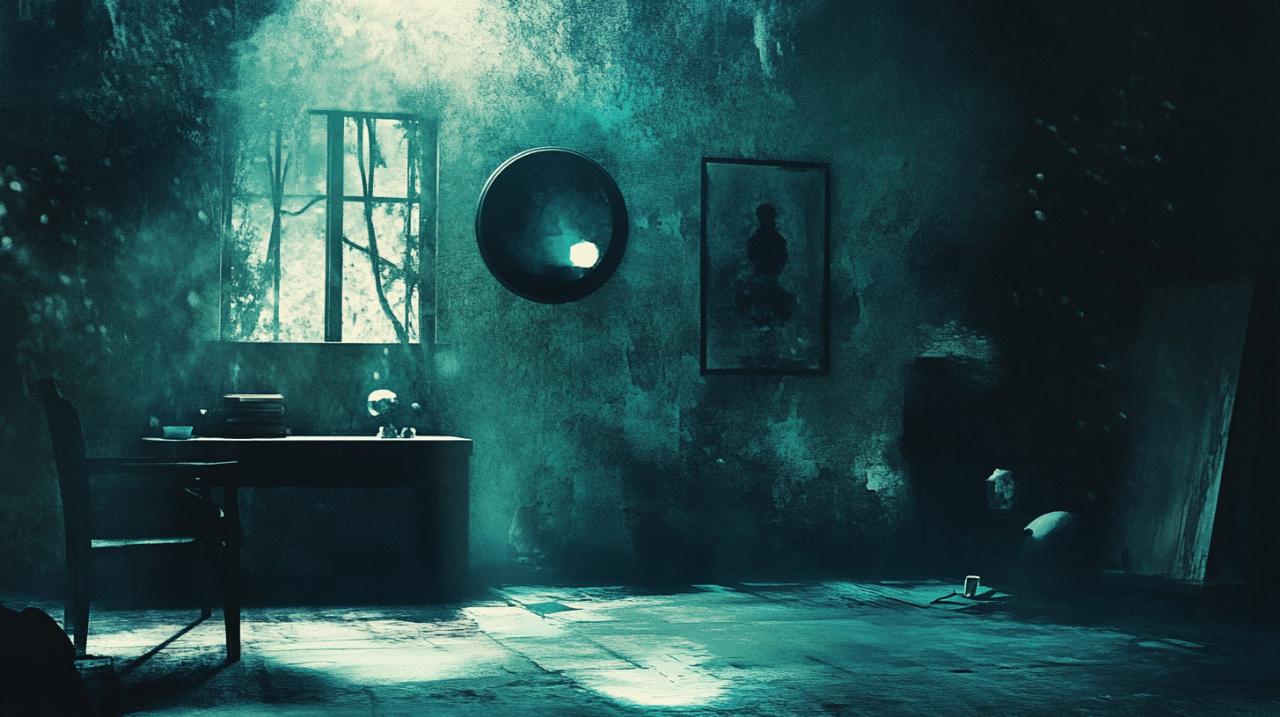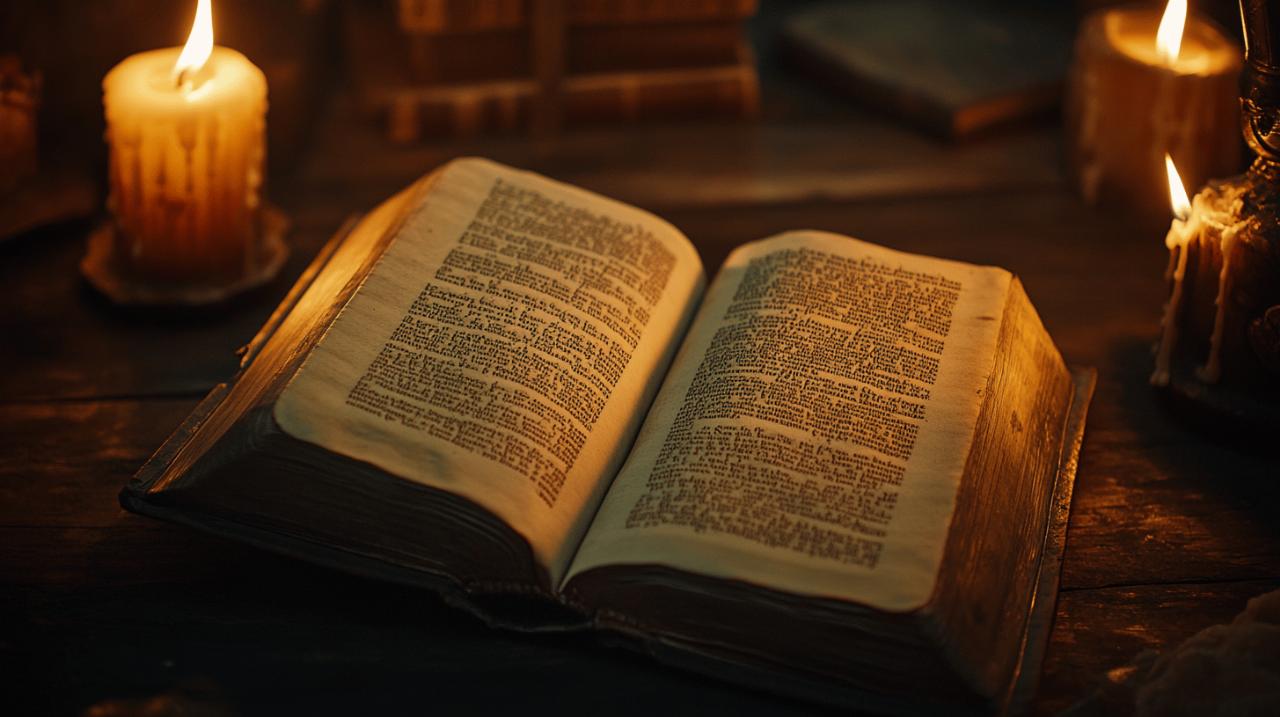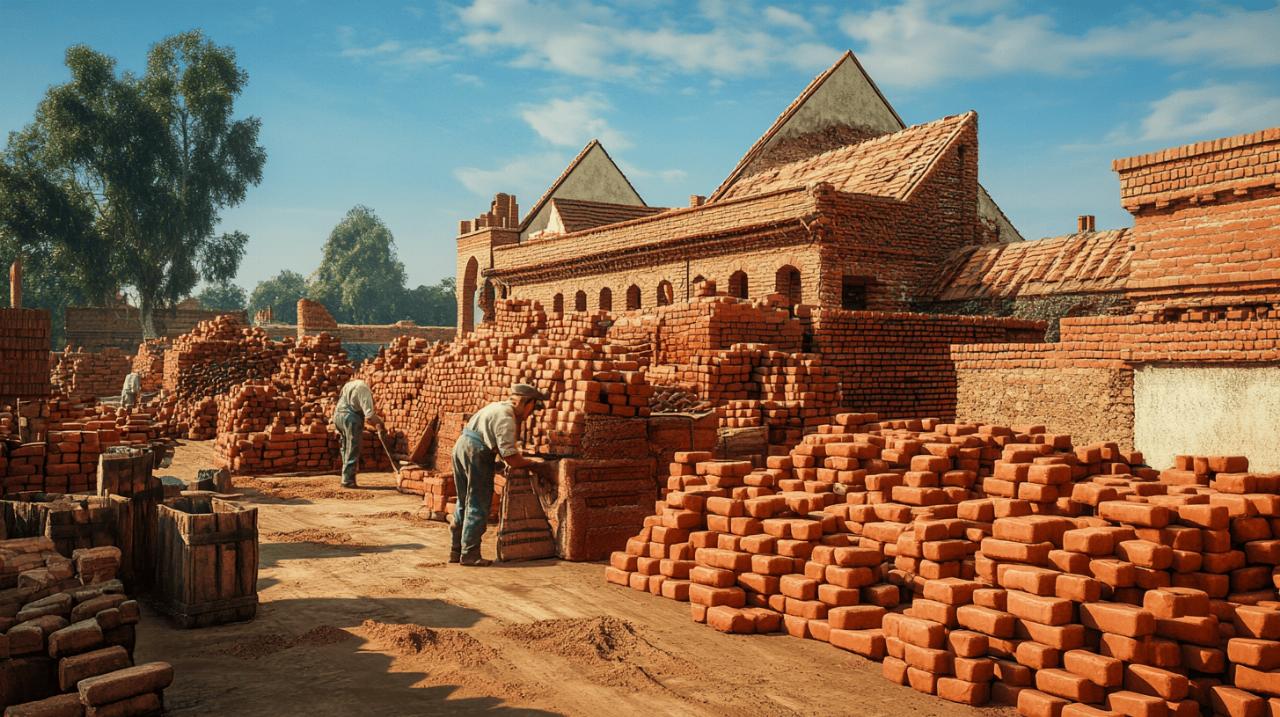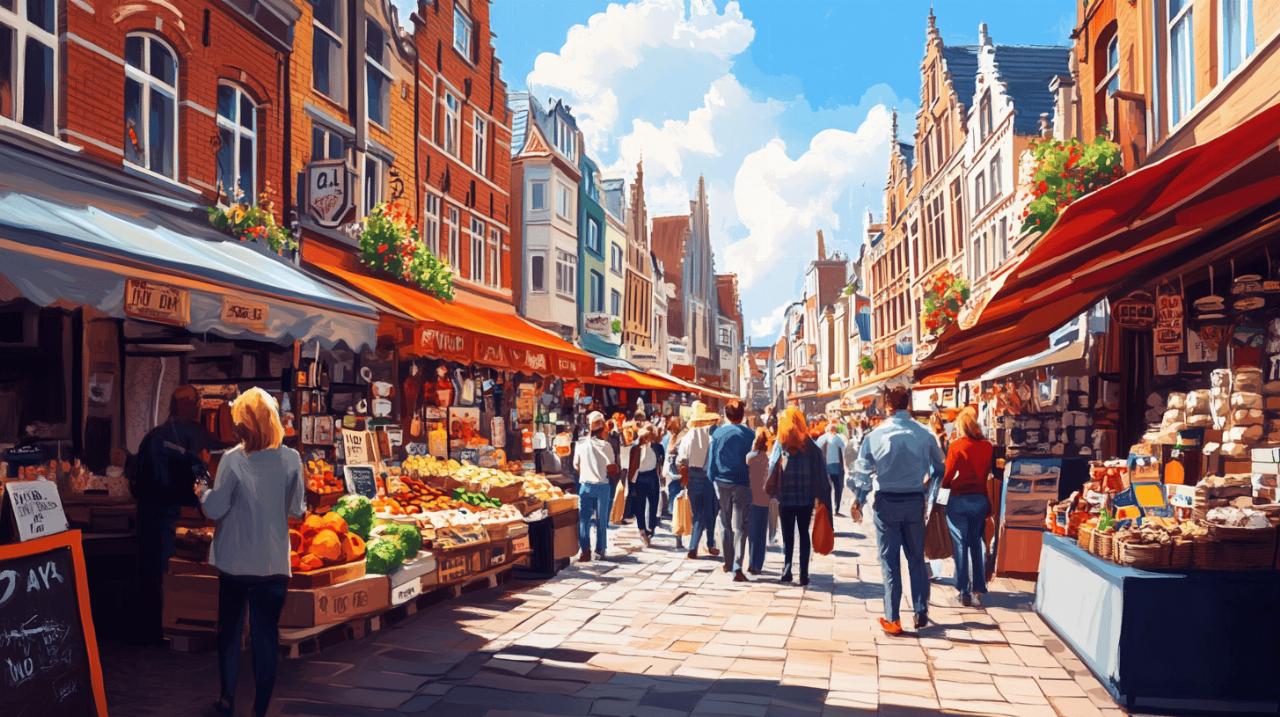When the thirteenth instalment of the first season aired, audiences were met with a narrative shift so profound that it redefined the entire trajectory of what had come before. This episode did not simply advance the plot; it carved out new emotional terrain, forcing viewers to reckon with conflicts that had been simmering beneath the surface. The stakes were raised, characters were tested, and the groundwork was laid for confrontations that would echo throughout subsequent episodes. For those who had followed the series from its premiere, this chapter served as both a culmination of earlier tensions and a gateway into uncharted territory.
The Treizième Chapter: Why Episode 13 Marked a Turning Point in the Series
The thirteenth episode of the season stands as a pivotal moment in the series, a juncture where narrative ambitions collided with character-driven drama to create something truly compelling. In the context of French television, where storytelling often embraces complexity and nuance, this instalment demonstrated a willingness to push boundaries and challenge audience expectations. The episode's placement within the season was no accident; by this point, viewers had been carefully guided through a series of escalating events, each one building upon the last to create a sense of mounting tension. The choice to introduce such a significant conflict at this stage was a masterstroke, ensuring that the story's momentum would carry through to the finale.
Establishing the core conflict through jack's confrontation
Jack's confrontation in this episode was not merely a dramatic set piece but a carefully constructed moment that crystallised the series' central themes. His face-to-face encounter with opposing forces laid bare the moral ambiguities that had been lurking in the shadows. The scene was charged with emotion, as Jack navigated a web of loyalty, betrayal, and self-preservation. The dialogue crackled with intensity, each line revealing layers of backstory and motivation that had been hinted at in earlier episodes. What made this confrontation so effective was its refusal to offer easy answers or clear-cut resolutions. Instead, it left viewers grappling with questions about justice, revenge, and the price of survival. The casting choice for Jack was inspired, bringing a gravitas and vulnerability to the role that elevated the material. His performance in this episode reminded audiences why the series had garnered such a devoted following, as he embodied the complexities of a character caught between conflicting imperatives.
How the Night Scene Set the Tone for Future Episodes
The night scene that unfolded in this episode was a visual and emotional tour de force, setting a tone that would reverberate throughout the remainder of the season. Filmed with a cinematic flair that recalled the best traditions of French cinema, the sequence made expert use of lighting, shadow, and sound to create an atmosphere of dread and anticipation. The soir setting was not merely a backdrop but an active participant in the storytelling, its darkness serving as a metaphor for the moral ambiguities that characters were forced to navigate. This scene also introduced visual motifs that would recur in later episodes, creating a sense of thematic continuity that enriched the viewing experience. The production team's attention to detail was evident in every frame, from the careful composition of shots to the subtle interplay of silence and score. By investing so heavily in this moment, the creators signalled their commitment to crafting a series that valued atmosphere and mood as much as plot and dialogue.
Character development and casting brilliance: margot haddad's memorable debut
One of the most striking aspects of this episode was the introduction of Margot Haddad, whose debut marked a turning point in the series' exploration of family dynamics and generational conflict. Haddad brought a freshness and intensity to the role that immediately captured viewer attention, her performance threading the needle between vulnerability and resilience. The casting process for this part must have been rigorous, as the character required someone who could hold their own against the established ensemble while also bringing a new dimension to the narrative. Haddad's ability to convey complex emotions with subtlety and nuance made her an instant standout, and her chemistry with the other cast members suggested that this was merely the beginning of a rich character arc.
The Father-Child Dynamic: Exploring the Papa and Enfants Relationship
The relationship between père and enfants emerged as a central thematic concern in this episode, providing an emotional anchor for the broader conflicts at play. The depiction of this dynamic was neither idealised nor simplistic; instead, it acknowledged the messiness and ambivalence that often characterise family ties. Scenes between papa and his children crackled with unspoken history, each exchange revealing wounds that had never fully healed. The dialogue was sharp and incisive, cutting through sentimentality to expose the raw nerves beneath. What made these interactions particularly compelling was the way they mirrored larger societal tensions, suggesting that the personal is always political and that family structures are never isolated from the broader cultural currents that shape them. The series demonstrated a keen understanding of how generational divides manifest in everyday interactions, and this episode served as a microcosm of those larger dynamics. The casting decisions for these roles were crucial, as the actors needed to convey both warmth and distance, affection and resentment, often within the same scene.
Face-to-face encounters that defined character arcs
Throughout the episode, face-to-face encounters served as crucibles for character development, forcing individuals to confront truths they had been avoiding. These moments were not staged as grandstanding speeches or melodramatic outbursts but as intimate, often understated exchanges that revealed the inner lives of the characters. The maison setting for many of these scenes added a layer of symbolism, as the house itself became a repository of memory and history, a space where past and present collided. The camera work in these sequences was noteworthy, favouring close-ups and medium shots that allowed viewers to read the subtle shifts in expression and body language. The performances were measured and deeply felt, with actors committing fully to the emotional reality of their characters' situations. These encounters were not about winning arguments or scoring points but about grappling with the messy, unresolved nature of human relationships. They challenged viewers to sit with discomfort and ambiguity, resisting the urge to impose tidy resolutions on inherently complex situations.
Cinematic Influences and French Television Excellence in the Thirteenth Episode
 The episode's visual and narrative style bore the unmistakable influence of French cinema, drawing on a rich tradition of filmmaking that values mood, atmosphere, and psychological depth. The production team clearly understood that television, at its best, can aspire to the aesthetic and thematic complexity of film, and they approached this episode with a cinematic sensibility that elevated the material. The use of long takes and deliberate pacing allowed scenes to breathe, giving actors room to inhabit their characters fully and allowing tension to build organically. This approach was a departure from the frenetic editing and rapid-fire dialogue that characterise much contemporary television, and it paid dividends in terms of emotional impact. The influence of auteur filmmakers was evident in the attention to composition, the use of natural light, and the preference for practical locations over studio sets.
The episode's visual and narrative style bore the unmistakable influence of French cinema, drawing on a rich tradition of filmmaking that values mood, atmosphere, and psychological depth. The production team clearly understood that television, at its best, can aspire to the aesthetic and thematic complexity of film, and they approached this episode with a cinematic sensibility that elevated the material. The use of long takes and deliberate pacing allowed scenes to breathe, giving actors room to inhabit their characters fully and allowing tension to build organically. This approach was a departure from the frenetic editing and rapid-fire dialogue that characterise much contemporary television, and it paid dividends in terms of emotional impact. The influence of auteur filmmakers was evident in the attention to composition, the use of natural light, and the preference for practical locations over studio sets.
From fox to century: how film techniques enhanced television storytelling
The incorporation of film techniques into the episode's production was not merely an aesthetic choice but a strategic decision that enhanced the storytelling in tangible ways. Cinematographic choices borrowed from the legacy of studios such as Fox and other giants of the twentieth century brought a sense of grandeur and gravitas to the proceedings. The lighting design, for instance, was far more sophisticated than what one typically encounters in serialised television, with each scene carefully lit to reflect the emotional tone and thematic concerns. The sound design was equally meticulous, with ambient noise and musical cues working in harmony to create a fully immersive experience. These elements combined to create a sense of cinematic richness that distinguished this episode from its peers and underscored the creators' ambition to push the boundaries of what television could achieve. The influence of century-spanning cinematic traditions was felt not only in the visual language but also in the narrative structure, which favoured character over spectacle and emotional truth over sensationalism.
The Maison Setting and Its Symbolic Weight Throughout the Season
The maison featured prominently in this episode was far more than a location; it was a character in its own right, a space laden with symbolic significance and narrative history. Throughout the season, the house had served as a gathering place for the ensemble, a setting for pivotal conversations and dramatic confrontations. In this thirteenth instalment, the symbolic weight of the maison reached its apex, as the building itself seemed to bear witness to the unfolding drama. The architecture and décor were carefully chosen to reflect the themes of the series, with every detail contributing to a sense of place and history. The use of the house as a recurring setting created a sense of continuity and familiarity, allowing viewers to develop a relationship with the space itself. It became a repository of memory, a place where the past was never fully buried and where the present was always shadowed by what had come before. The decision to stage many of the episode's key scenes in this location was a stroke of narrative genius, grounding the emotional conflicts in a physical space that audiences had come to know intimately.
Critical Reception and Cultural Impact: From Le Figaro to the Premiere Night
The premiere of the thirteenth episode generated considerable buzz within the critical community, with publications such as Le Figaro offering thoughtful analyses of its themes and execution. Critics praised the episode for its willingness to take risks, both in terms of narrative structure and emotional depth. The consensus was that this instalment represented the series at its best, demonstrating a maturity and confidence that had been building over the course of the season. The cultural impact extended beyond the confines of television criticism, as the episode sparked conversations about the state of French television and its ability to compete with international productions. The reception was not uniformly positive, with some voices questioning the pacing or the resolution of certain plot threads, but even these critiques acknowledged the ambition and craft on display. The premiere night itself became an event, with audiences gathering to watch the episode together and dissect its implications in real time.
Returning Viewers and the Precedent Set by Previous Episodes
For returning viewers, the thirteenth episode served as a culmination of narrative threads that had been carefully woven throughout the season. The precedent set by previous instalments had prepared audiences for a bold and uncompromising approach to storytelling, and this episode did not disappoint. The retour to familiar themes and settings was handled with a deft touch, acknowledging what had come before while also pushing the narrative into new territory. Audiences who had invested time and emotional energy into the series were rewarded with an episode that honoured that investment, delivering on the promises made in earlier chapters while also setting up new conflicts to sustain interest moving forward. The sense of narrative continuity was impressive, as callbacks to earlier episodes enriched the viewing experience without alienating newcomers. This balance between accessibility and depth is difficult to achieve, and the fact that the series managed it so effortlessly is a testament to the skill of the writing and production teams.
The murder mystery elements that captivated french and international audiences
The murder mystery elements introduced in this episode added a layer of intrigue that captivated both French and international audiences. The handling of these meurtres was sophisticated, eschewing the formulaic trappings of the genre in favour of a more psychologically nuanced approach. The investigation unfolded not through a series of clues and red herrings but through character interactions and emotional revelations, making the mystery feel organic rather than contrived. The publicité surrounding the episode hinted at the presence of a shocking twist, and the reality did not disappoint, as the revelation of certain truths upended viewer expectations and reconfigured the narrative landscape. The meurtres were not merely plot devices but served as catalysts for deeper explorations of guilt, justice, and the human capacity for both cruelty and compassion. This approach ensured that the mystery elements were fully integrated into the thematic concerns of the series, rather than existing as a separate, self-contained storyline. The international appeal of this approach was evident in the episode's reception, as viewers from diverse cultural backgrounds found common ground in the universal themes it explored.






